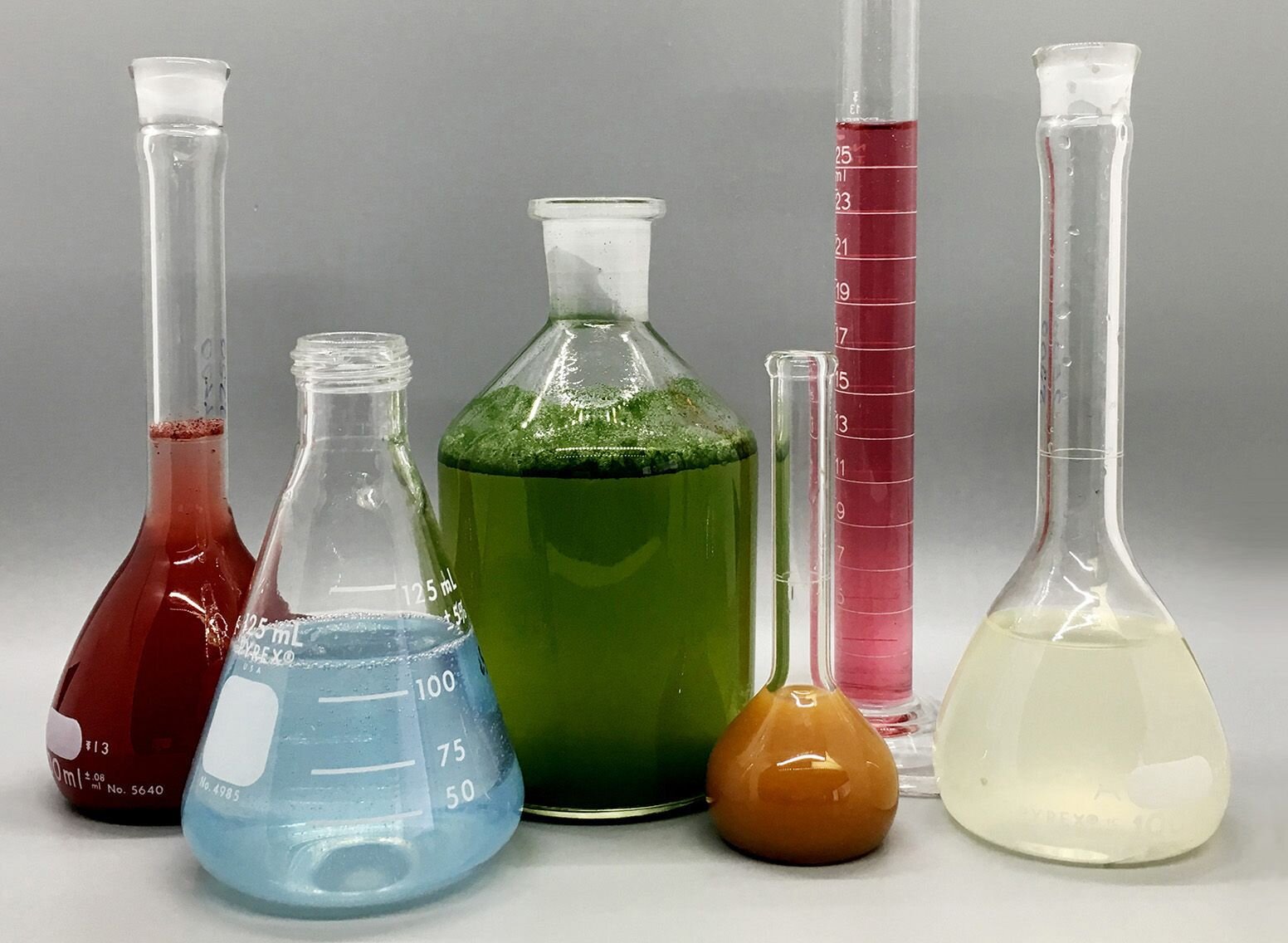Indicators on Spectrophotometers You Need To Know
Indicators on Spectrophotometers You Need To Know
Blog Article
Uv/vis/nir Can Be Fun For Everyone
Table of ContentsThe Definitive Guide for Uv/visCircularly Polarized Luminescence Things To Know Before You BuyOur Uv/vis IdeasThe smart Trick of Circular Dichroism That Nobody is DiscussingUnknown Facts About Spectrophotometers

Although spectrophotometry is most typically used to ultraviolet, noticeable, and infrared radiation, modern-day spectrophotometers can question broad swaths of the electromagnetic spectrum, including x-ray, ultraviolet, noticeable, infrared, and/or microwave wavelengths. Spectrophotometry is a tool that depends upon the quantitative analysis of molecules depending upon how much light is taken in by colored substances.
A Biased View of Spectrophotometers
A spectrophotometer is frequently used for the measurement of transmittance or reflectance of options, transparent or nontransparent solids, such as polished glass, or gases. Although numerous biochemicals are colored, as in, they absorb noticeable light and therefore can be determined by colorimetric treatments, even colorless biochemicals can often be transformed to colored substances appropriate for chromogenic color-forming responses to yield substances appropriate for colorimetric analysis.: 65 Nevertheless, they can likewise be designed to measure the diffusivity on any of the noted light varieties that typically cover around 2002500 nm using various controls and calibrations.
An example of an experiment in which spectrophotometry is utilized is the determination of the equilibrium constant of a solution. A certain chain reaction within a service might happen in a forward and reverse instructions, where reactants form products and items break down into reactants. At some time, this chemical reaction will reach a point of balance called an equilibrium point.
Getting The Uv/vis To Work
The quantity of light that passes through the solution is indicative of the concentration of certain chemicals that do not permit light to pass through. The absorption of light is due to the interaction of light with the electronic and vibrational modes of molecules. Each type of particle has an individual set of energy levels connected with the makeup of its chemical bonds and nuclei and hence will absorb light of specific wavelengths, or energies, resulting in distinct spectral residential or commercial properties.
The usage of spectrophotometers covers various clinical fields, such as physics, materials science, chemistry, biochemistry. circularly polarized luminescence, chemical engineering, and molecular biology. They are commonly used in numerous industries consisting of semiconductors, laser and optical manufacturing, printing and forensic assessment, in addition to in labs for the research study of chemical substances. Spectrophotometry is frequently utilized in measurements of enzyme activities, decisions of protein concentrations, decisions of enzymatic kinetic constants, and measurements of ligand binding reactions.: 65 Eventually, a spectrophotometer has the ability to figure out, depending upon the control or calibration, what substances are present in a target and precisely just how much through estimations of observed wavelengths.
This would come as a solution to the previously produced spectrophotometers which were not able to absorb the ultraviolet correctly.
Uv/vis/nir Things To Know Before You Get This
It would be found that this did not offer acceptable outcomes, for that reason in Design B, there was a shift from a glass to a quartz prism which enabled much better absorbance outcomes - UV/Vis (https://www.giantbomb.com/profile/olisclarity1/). From there, Model C was born with a change to the wavelength resolution which ended up having 3 units of it produced
It irradiates the sample with polychromatic light which the sample takes in depending upon its homes. Then it is transmitted back by grating the photodiode selection which detects the wavelength area of the spectrum. Ever since, the development and execution of spectrophotometry devices has actually increased immensely and has become one of the most ingenious instruments of our time.

Not known Incorrect Statements About Spectrophotometers
Historically, spectrophotometers use a monochromator including a diffraction grating to produce the analytical spectrum. The grating can either be movable or fixed. If a single detector, such as a photomultiplier tube or photodiode is utilized, the grating can be scanned step-by-step (scanning spectrophotometer) so that the detector can determine the light strength at each wavelength (which will represent each "action").
In such systems, the grating is fixed and the intensity of each wavelength of light is measured by a different detector in the selection. When making transmission measurements, the spectrophotometer quantitatively UV/Vis/NIR compares the fraction of light that passes through a reference option and a test solution, then electronically compares the strengths of the 2 signals and computes the percentage of transmission of the sample compared to the reference requirement.

Report this page